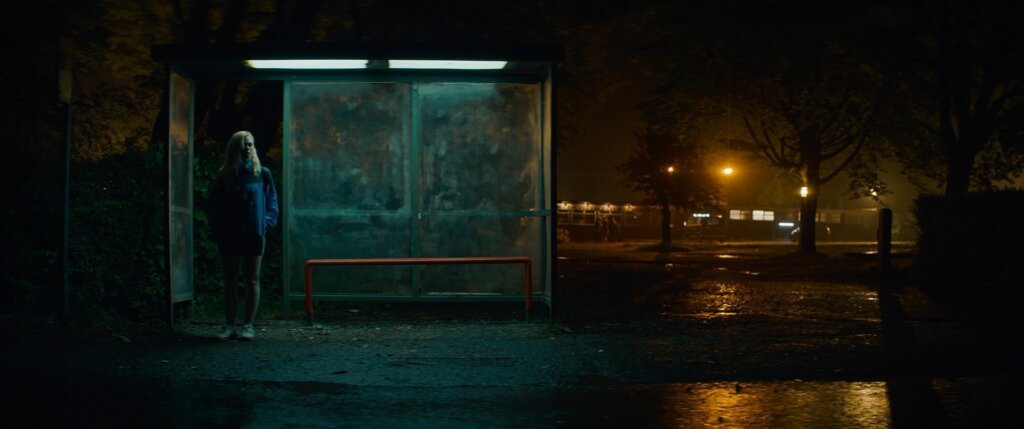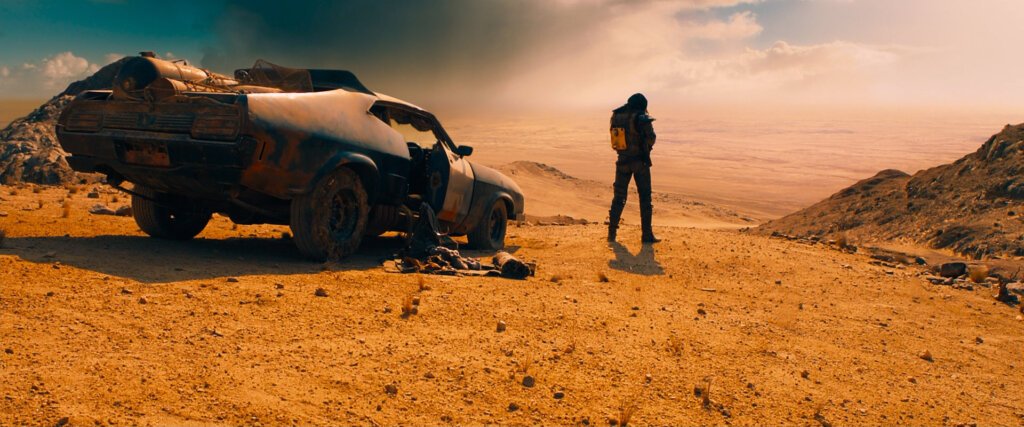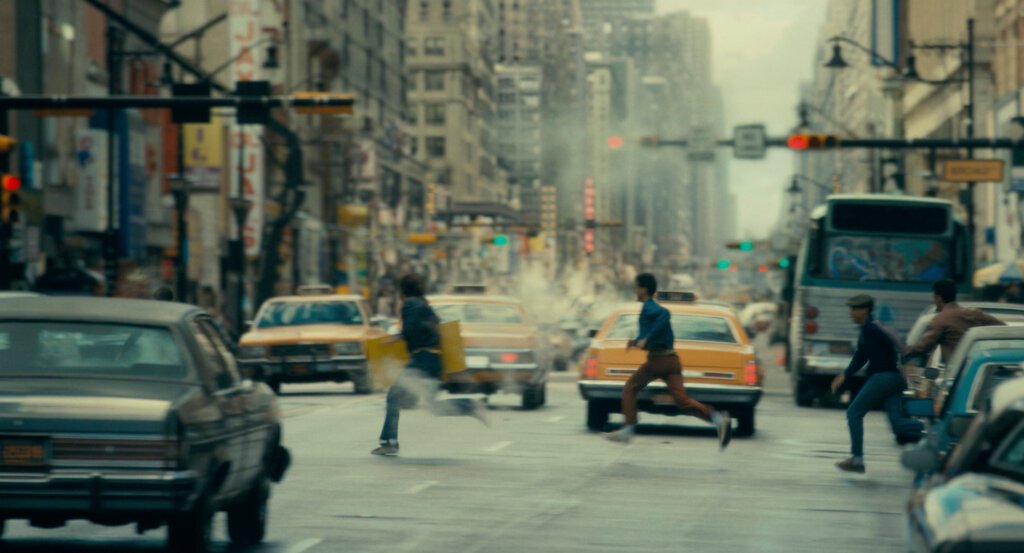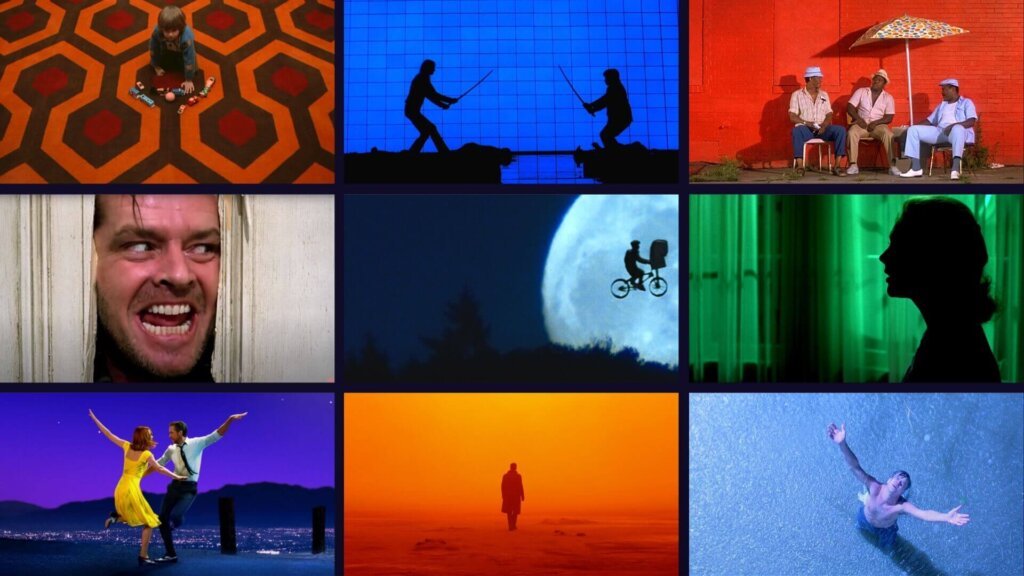Filmmaking is a craft that demands a depth of understanding of various tools and techniques. Among these, the use of shot sizes, particularly wide shots, and long shots, is paramount. These shots contribute significantly to the storytelling process, setting the scene, providing context, and enhancing the viewer’s experience. This article delves into the world of wide shots and long shots, their differences, similarities, and the artistry behind their usage.
Table of Contents
The Cinematic Language: Shot Sizes
Shot size refers to how much of the scene is included within the frame. It’s a fundamental aspect of filmmaking as it directly influences the narrative value of the scene. Filmmakers often denote shot sizes using abbreviations on shot lists or storyboards. For instance, a close-up shot might be abbreviated as “CU”, while a wide shot may be denoted as “WS”.

Unveiling the Wide Shot
A wide shot, often referred to as a long shot, is a type of camera shot that captures both the subject and its surrounding environment. The subject is filmed so that the audience can see their whole body within the frame, along with a significant portion of the surrounding space. This shot size is useful for establishing the setting and showing the character’s place within it.

Wide Shot: A Balance of Elements
A wide shot strikes a balance between the subject and its surroundings. In this shot, the viewer can see the entire subject while still getting a sense of the environment. Wide shots are a favorite tool among filmmakers to dwarf characters against expansive terrain, creating a sense of narrative distance.
The Art of Wide Shots: Examples from Films
Stanley Kubrick, a master of craft, often used wide shots with deep focus to create a timeless aesthetic in his films. In Quentin Tarantino’s “Django Unchained”, a full shot that begins as a wide shot gradually morphs into a cowboy shot, showcasing Tarantino’s innovative use of the wide shot.
Exploring the Long Shot
While the terms ‘long shot’ and ‘wide shot’ are often used interchangeably, a long shot specifically refers to a shot size that captures the subject from a distance. The subject may appear small against their location, creating a sense of distance or unfamiliarity. Extreme long shots, a variation of the long shot, are often employed to emphasize the subject’s relationship with their environment.

The Long Shot and the Establishing Shot
An important aspect to clarify is the difference between a long shot and an establishing shot. While a long shot describes the shot size, an establishing shot is a technique used to set the scene at the start of a film or sequence. An establishing shot can be a long shot, but not every long shot serves as an establishing shot.
Long Shots in Action: Examples from Films
In “Mad Max: Fury Road”, the extreme long shot is used to portray the vast, harsh landscape, emphasizing the characters’ struggle for survival. In contrast, “Schindler’s List” uses a wide shot to follow a little girl in a red coat, creating a haunting visual motif.

Diving into the Very Wide Shot
The very wide shot, also known as the extreme wide shot, is a shot size that makes the subject appear small against their backdrop. This type of shot is excellent for emphasizing the location and the characters’ relationship within it.
Very wide shots are often used as establishing shots because they provide a comprehensive view of the setting. They can also be used to make the subject feel distant or unfamiliar, enhancing the narrative value of the scene.
Films like “The Martian” use wide shots to balance the subject with the surrounding Martian landscape, creating a sense of isolation and vastness. Similarly, “X-Men: First Class” employs an extreme close-up shot to highlight minute details and expressions, adding intensity to the scene.

The Magic of the Medium Long Shot
A medium long shot, also known as a medium wide shot, frames the subject from roughly the knees up. This shot size strikes a balance between a full shot and a medium shot, giving the viewer a clear view of the subject while still including some surrounding details.
Medium Long Shots: A Bridge Between Extremes
Medium long shots function as a bridge between extreme shot sizes. They retain the subject’s surroundings while placing more emphasis on the subject. This shot size can be particularly effective when filming from behind a character.
Medium Long Shots: Examples from Films
In “The Usual Suspects”, the medium wide shot is used to maintain a sense of distance while focusing on the characters’ interactions. This shot size allows the viewer to register the action and the emotion in the scene, contributing to the overall narrative.
The Storytelling Power of the Extreme Long Shot
The extreme long shot, another variation of the long shot, frames the subject from a great distance. This shot size is perfect for setting the scene, showing the character’s location, and creating a sense of scale.

Extreme Long Shots: Evoking Emotions
Extreme long shots can evoke a range of emotions in the viewer, depending on the context. They can create feelings of awe and wonder when showcasing expansive landscapes or cityscapes. Alternatively, they can make the subject appear small and insignificant, highlighting their isolation or vulnerability.
Extreme Long Shots: Examples from Films
In “2001: A Space Odyssey”, extreme long shots are used to portray the vastness of space and the insignificance of human life in the grand scheme of the universe. Similarly, in “Interstellar”, wide shots of the spacecraft against the backdrop of different planets create a sense of scale and isolation.
The Artistry Behind the Shot Scale
The shot scale refers to the size of the subject in relation to the frame. It’s a crucial aspect of filmmaking, as it influences how the viewer perceives the subject and their surroundings. The shot scale can range from extreme long shots, where the subject is dwarfed by the environment, to extreme close-ups, which focus on minute details of the subject.

The Intricate Dance of Camera Angles and Shot Sizes
The artistry behind filmmaking isn’t just about choosing the right shot size. Filmmakers must also consider camera angles, camera framing, and camera movement to add deeper meaning and context to the scene. These elements work together to create a visual language that tells a story and engages the viewer.
The Nuances of Wide Shots and Long Shots
While wide shots and long shots are similar in many ways, they serve different purposes in filmmaking. A wide shot is typically used to establish the setting and show the character’s place within it, while a long shot focuses on the character from a distance. Understanding the nuances of these shot sizes can help filmmakers make more informed decisions when planning their shots.
Planning Ahead: The Key to Effective Filmmaking
To effectively use wide shots and long shots, filmmakers need to plan their shots ahead of time. This involves deciding on the shot size, camera angle, and camera movement for each scene. By planning ahead, filmmakers can ensure that each shot contributes to the overall narrative and enhances the viewer’s experience.
Wide shots and long shots play a crucial role in filmmaking, contributing to the storytelling process and enhancing the viewer’s experience. Understanding the differences and similarities between these shot sizes, and knowing when to use each, can help filmmakers create more engaging and compelling films. The art of filmmaking isn’t just about choosing the right shot size, but also about understanding how to use camera angles, camera framing, and camera movement to tell a story.
What is the difference between a long shot and a master shot?
In cinematography, a long shot and a master shot differ in their purpose and visual composition. A long shot, often used to establish setting or show the entire character’s body, typically captures a wide field of view. It allows the audience to understand the context and spatial relations within the scene. On the other hand, a master shot is a recording of an entire scene, start to finish, from a camera angle that keeps all the characters in view. It serves as the narrative backbone, providing a reference for coverage shots. While both shots are essential for visual storytelling, the long shot is about framing context, whereas the master shot is about capturing the whole scene’s action.
What is the difference between a wide angle and a wide shot?
In the realm of cinematography, the terms ‘wide angle’ and ‘wide shot’ have distinct meanings, though they both involve capturing a broad view.
A ‘wide angle’ refers to a type of lens used in photography and cinematography. It has a shorter focal length, which allows it to capture more of the scene within the frame. Wide-angle lenses can range from moderate to extreme, the latter often resulting in a fish-eye effect.
On the other hand, a ‘wide shot’ (also known as a long shot or a full shot) is a type of camera shot in filmmaking. It involves capturing a broader view of the scene, often used to establish the setting or context. A wide shot usually shows the entire object or human figure and is usually intended to place it in some relation to its surroundings.
In summary, a wide angle is a lens type that allows for a wider field of view, while a wide shot is a camera technique used to capture a larger portion of the scene or setting. Both are crucial tools in cinematic storytelling, but they serve different purposes and are used in different contexts.
What are long shots used for?
Long shots are an essential tool in filmmaking, used to establish the setting or context of a scene. They capture a wider field of view, often including the full length of characters and the surrounding environment. This can help the audience understand the spatial relationship between characters and their surroundings, thereby grounding the story in a tangible reality.
Long shots are particularly useful for outdoor scenes, where the scenery plays a major role in setting the mood or conveying the story’s theme. They can depict grand vistas, bustling cityscapes, or desolate landscapes, depending on the narrative’s needs.
Moreover, a long shot can also provide a sense of scale, highlighting the insignificance or enormity of characters within the environment. It can create a feeling of isolation or vastness, add drama, or give an objective viewpoint of events.
In character-driven scenes, long shots can visually represent a character’s emotional state. For instance, a lonely character might be shown alone in a large, empty space. Hence, while long shots serve a practical function of setting the scene, they also contribute significantly to the film’s visual storytelling.
When should I use a wide shot?
A wide shot should be used when you want to showcase the entirety of a scene, its setting, and the characters within it. It’s a great tool to establish a sense of place, providing the viewer with a broader context of where the action is happening. For instance, if you’re filming a scene in a bustling city or a tranquil countryside, a wide shot will capture the entire landscape and establish the mood. Furthermore, a wide shot is effective when you want to display the physical distance or relationship between characters. It can highlight their isolation or unity within the scene, contributing to the narrative’s emotional depth. Lastly, wide shots are ideal when multiple actions are occurring simultaneously. By capturing everything within one frame, the viewer can understand the scene’s complexity and dynamism. Always remember, the purpose of your shot should align with your storytelling goals.